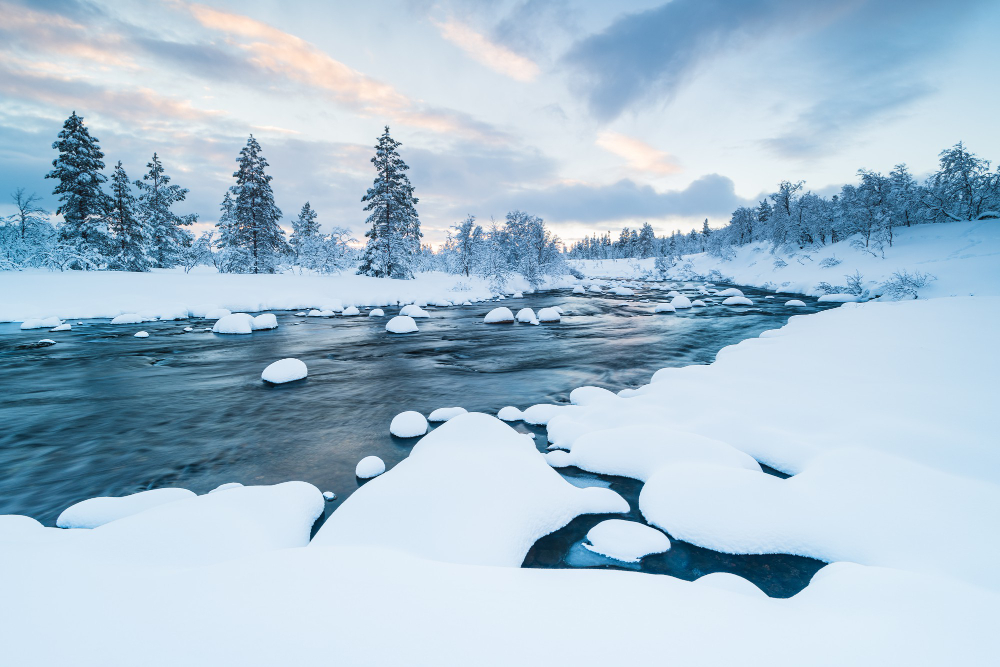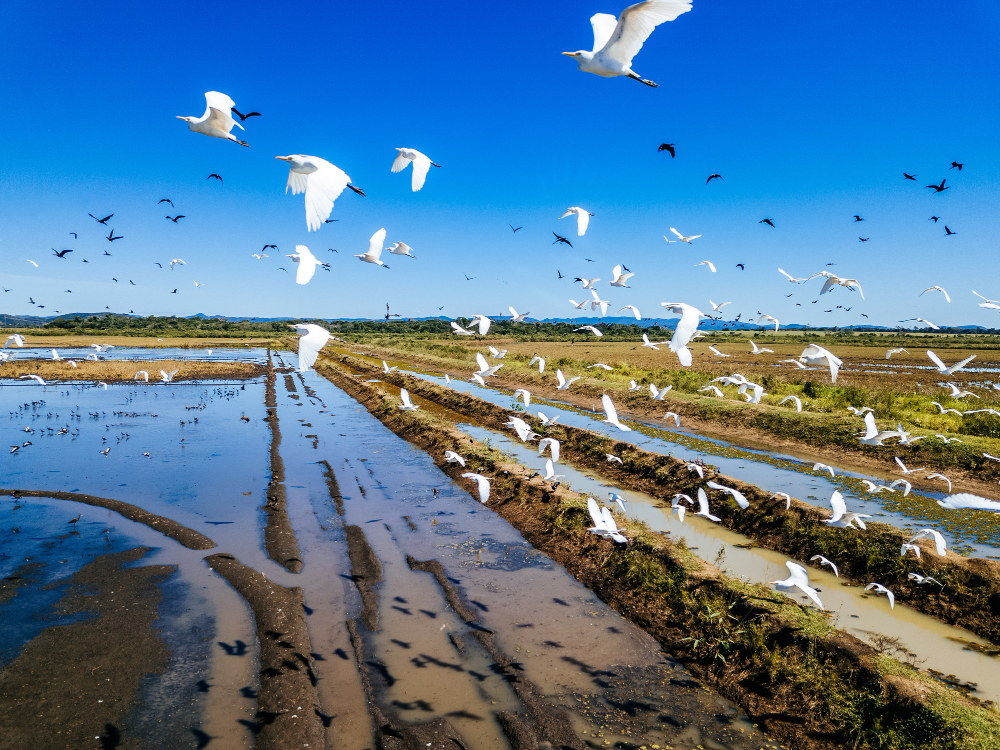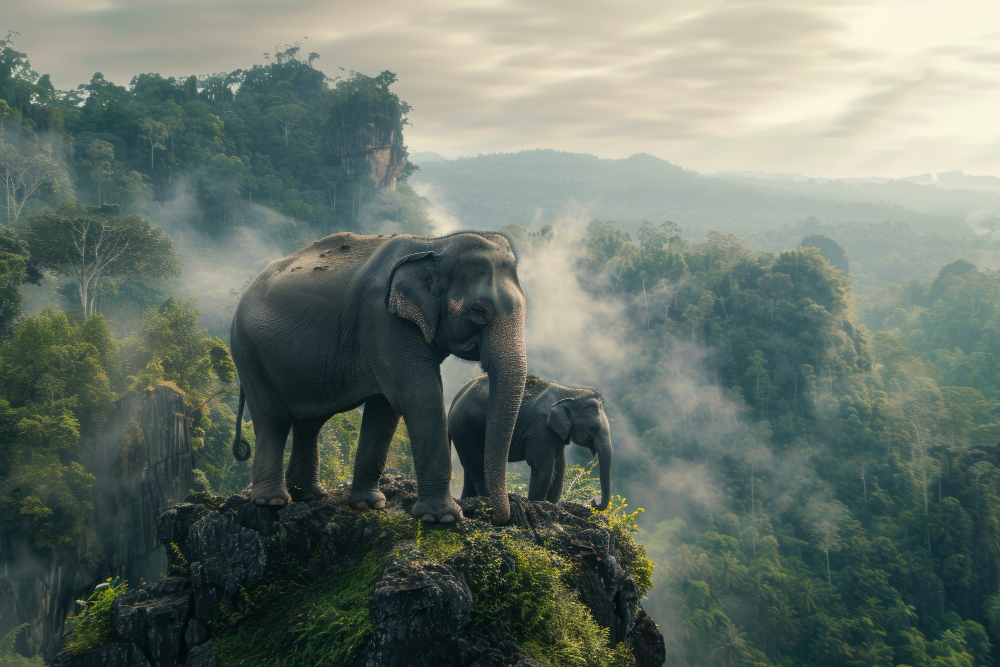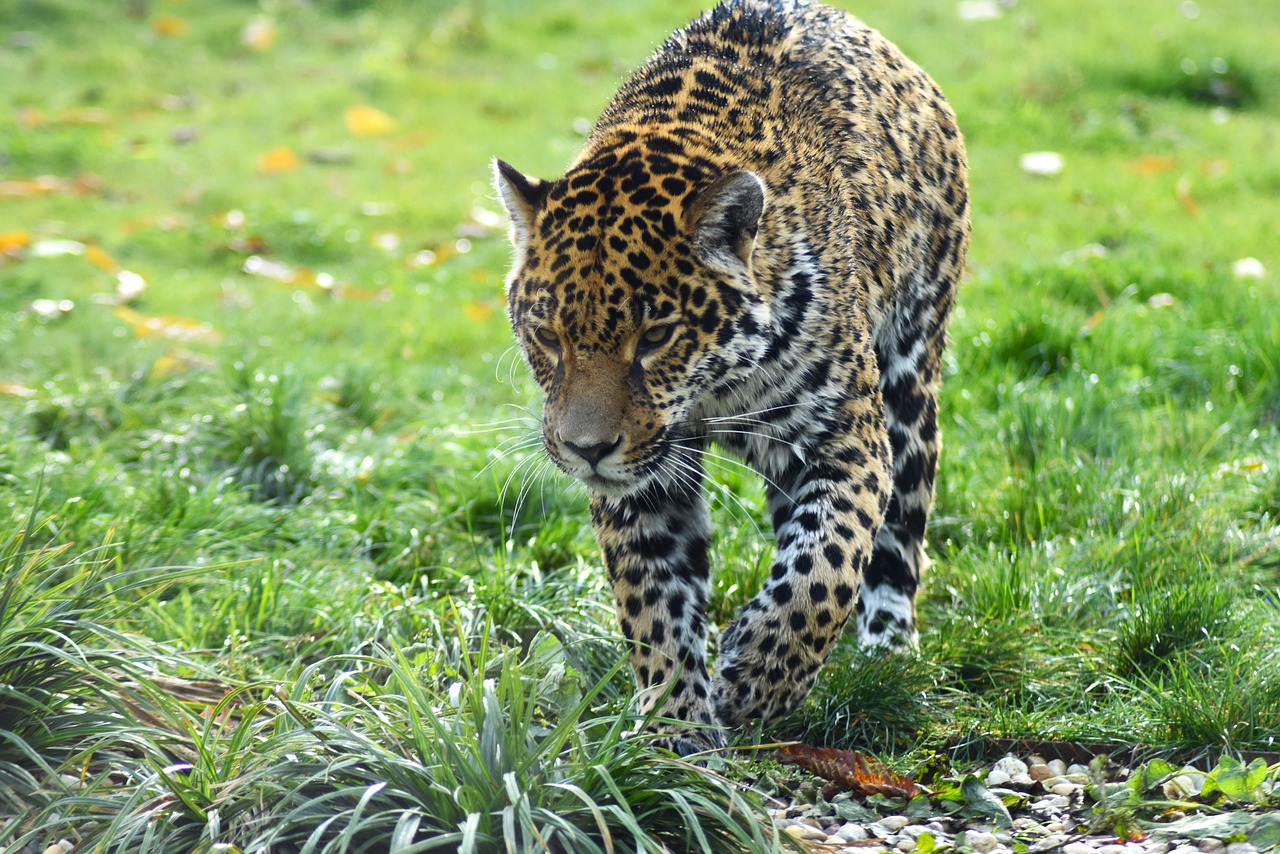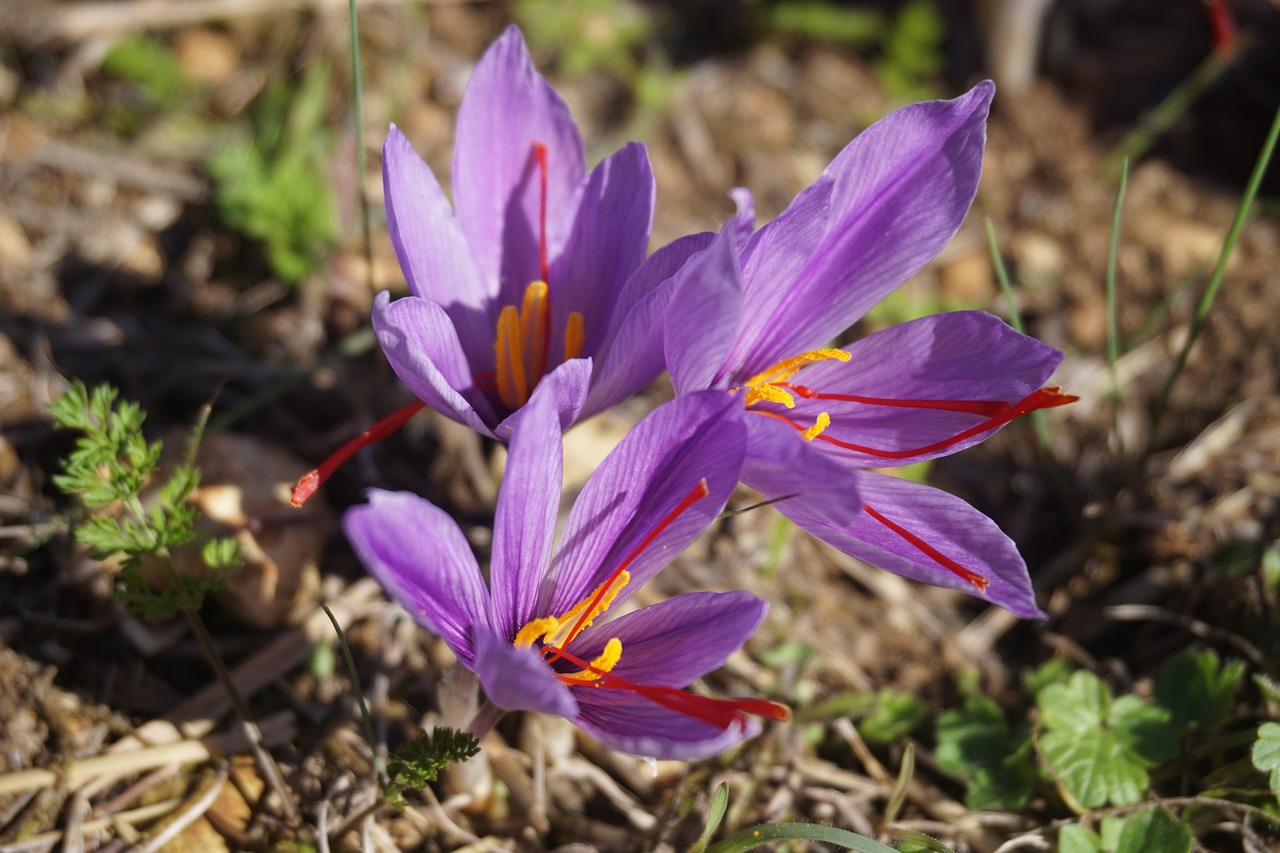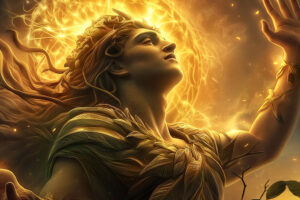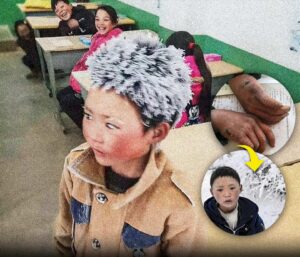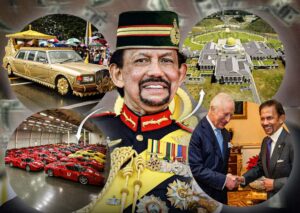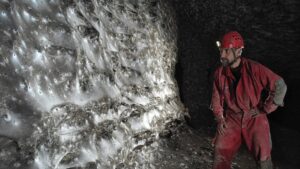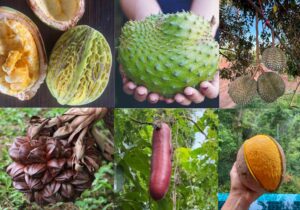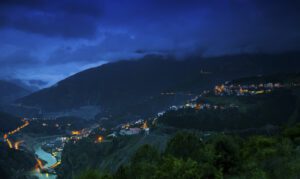 Pin
Pin A Young Woman belonging to Tsaatan Tribe Mongolia Riding Reindeer / Photo by butterflies_in_ardent_flames
High in the remote forests of northern Mongolia, where fog curls through twisted pines like forgotten spirits, a young woman from the Tsaatan tribe sits astride her reindeer. The creature’s antlers reach skyward like gnarled branches, and together they move through a landscape that feels suspended between dream and reality. This is the Tsaatan Tribe Mongolia reindeer riding way of life—a haunting, beautiful practice that belongs more to fairy tales than to our modern world, yet it persists in the shadows of the taiga.
Only about 500 souls remain who call themselves Tsaatan, which means “reindeer herders” in their tongue. These people don’t just ride reindeer for novelty or sport. Their entire existence is woven into the lives of these gentle, otherworldly animals. The reindeer provide milk that sustains them through brutal winters, fur for warmth when temperatures plunge to unimaginable cold, and transportation across terrain so harsh that even the hardiest horses would falter. Every hoofbeat in the snow tells a story of mutual dependence.
But darker forces gather at the edges of this fragile world. The climate shifts and warps, herds grow smaller with each passing season, and the modern world presses in with promises and threats alike. What remains of the Tsaatan culture clings to life like moss on ancient stone—delicate, persistent, and achingly precious. Each rider who mounts a reindeer carries the weight of generations, and the question that haunts the taiga is simple and terrible: how much longer can this magic last?
Table of Contents
Who Are the Tsaatan and Why Do They Live This Way?
 Pin
Pin Tsaatan Tribe Mongolia Reindeer Riding / Image by olehslobodeniuk
The Tsaatan people didn’t choose their isolated existence on a whim. They are the descendants of ancient Turkic-speaking nomads who migrated to the Sayan Mountains centuries ago, fleeing conflicts and seeking sanctuary in places so remote that few would follow. The taiga became their fortress, a realm of endless winter where survival required becoming something other than ordinary humans. They evolved into reindeer whisperers, learning to communicate with these creatures in ways that seem almost supernatural. Their language contains dozens of words for snow conditions, reindeer moods, and the subtle signs of weather that city dwellers would never notice.
What makes the Tsaatan truly remarkable isn’t just that they ride reindeer, but that they’ve built an entire civilization around these animals without ever truly domesticating them. The reindeer remain semi-wild, choosing to stay with their human companions rather than being forced. This relationship is built on trust that’s been carefully nurtured over countless generations. The Tsaatan move their camps several times a year, following the reindeer’s needs for fresh grazing grounds and cooler temperatures. Their homes are teepee-like structures called urts, which can be dismantled and packed onto reindeer backs within hours. Every possession they own must be portable, every skill they learn must serve survival. This creates a culture stripped of excess, where beauty exists in function and every object tells a story.
The Reindeer That Changed Everything
 Pin
Pin Image by Hamid Sardar
Not all reindeer are created equal, and the Tsaatan know this better than anyone. The animals they depend on are a specific subspecies adapted to the mountains, smaller and more delicate than their Arctic cousins. These reindeer possess an almost eerie gentleness, with large dark eyes that seem to hold ancient wisdom. Unlike caribou or the massive reindeer of Scandinavia, the Tsaatan reindeer have been shaped by generations of close contact with humans, developing temperaments that allow them to be ridden and milked without resistance.
But here’s where things get strange: the Tsaatan believe their reindeer possess spirits that must be respected and honored, not commanded. They never use harsh treatment or force. A reindeer that doesn’t want to be ridden simply won’t be ridden that day, and the herder accepts this without question.
The bond between rider and reindeer develops over years, sometimes decades. Young Tsaatan children grow up alongside specific calves, forming friendships that will last a lifetime. These aren’t beasts of burden in the traditional sense. They’re family members with personalities, preferences, and moods. A Tsaatan woman might ride the same reindeer for twenty years, learning every quirk and tendency, understanding which sounds mean contentment and which signal distress. The reindeer, in turn, learn to navigate treacherous mountain paths while carrying their human companions, to stand patiently during milking, and to return to camp even when they could easily disappear into the vast forest. This mutual understanding creates something that looks like magic from the outside but is actually built on profound respect and countless hours of quiet attention.
A Day in the Life Where Time Moves Differently
 Pin
Pin Image by anastazzzia
Morning arrives in the taiga not with alarm clocks but with the soft sounds of reindeer stirring outside the urt. The air bites with cold that feels alive, aggressive even, and breath turns to clouds of white mist that hang suspended for moments before dissolving. A Tsaatan woman emerges wrapped in layers of reindeer hide and felt, her boots lined with fur so thick they make no sound in the fresh snow. The first task is always checking the herd, counting heads with practiced eyes that can spot a missing animal from remarkable distances.
Each reindeer gets a morning greeting, a touch on the neck or a whispered word in a dialect that outsiders struggle to comprehend. This isn’t sentimentality but necessity, because a reindeer that feels neglected might simply wander away and never return.
The rhythm of daily life follows patterns established long before anyone can remember. Milk must be collected from the does, a delicate process that requires patience because these animals give far less milk than cows and will stop producing entirely if stressed. The milk tastes rich and slightly gamey, nothing like what you’d find in supermarkets, and it sustains the Tsaatan through seasons when other food becomes scarce. After milking comes the endless work of maintaining equipment, repairing saddles made from wood and leather, checking the reindeer’s hooves for damage, and watching the sky for weather changes that could spell disaster. There are no weekends here, no vacation days or retirement plans. Every single day demands attention and effort, yet the Tsaatan move through their tasks with a grace that suggests they wouldn’t want life any other way. The work is hard, yes, but it connects them to something larger than individual existence.
The Sacred Bond Between Woman and Reindeer
 Pin
Pin Image by Joel Santos
Something peculiar happens when you watch a Tsaatan woman mount her reindeer. There’s no struggle, no yanking of reins or kicking of sides like you might see with horses. She simply approaches, murmurs something low and melodic, and the reindeer lowers itself slightly, almost as if bowing. She settles onto its back with a movement so fluid it looks choreographed, and they begin moving as a single organism through the forest. This partnership runs deeper than training or obedience. The Tsaatan believe that humans and reindeer share a spiritual connection that predates memory itself, a bond written into the fabric of the universe long before either species understood what they meant to each other.
Women hold a special place in this relationship, though men certainly ride and care for reindeer too. Tsaatan culture traditionally assigns women the responsibility of milking and nurturing the youngest calves, which creates an intimacy that male herders sometimes lack. A woman who has bottle-fed a reindeer calf and sung to it during cold nights develops an understanding that transcends language. She knows when her reindeer feels unwell before any physical symptoms appear, can predict its reactions to unfamiliar situations, and trusts it to carry her across frozen rivers that would terrify most people. The reindeer, in return, becomes fiercely loyal to its rider, refusing to accept anyone else on its back and growing visibly distressed when separated for too long. This mutual devotion creates scenes of heartbreaking beauty when you witness them together, moving through landscapes that seem designed by a melancholy artist who understood loneliness and grace in equal measure.
When the Modern World Comes Knocking
 Pin
Pin Image by Sugar Ragchaa, Jeremy Chin
The outside world discovered the Tsaatan relatively recently, and that discovery brought consequences nobody fully anticipated. Photographers began trekking into the taiga in the 1990s, drawn by the exotic appeal of people who ride reindeer like characters from ancient legends. Tourism followed, trickling at first, then arriving in larger numbers as social media transformed remote cultures into bucket-list destinations. Young Tsaatan who had never seen smartphones suddenly found themselves posing for hundreds of photos, their way of life reduced to Instagram content for travelers seeking authenticity. The money helped, certainly, because winters grow harsher and veterinary medicine for sick reindeer costs more than most families can afford. But something intangible began eroding with each camera click and tour group arrival.
The tension between preservation and progress haunts every conversation about the Tsaatan’s future. Some younger members of the tribe have left for cities like Ulaanbaatar, trading reindeer saddles for motorcycles and factory jobs. They send money home but rarely return, finding the isolation and hardship too difficult after experiencing urban conveniences. Meanwhile, those who remain face an agonizing choice with each passing year. Do they maintain traditions exactly as their ancestors did, even as climate change makes traditional migration routes impossible and diseases unknown to previous generations decimate their herds? Or do they adapt, incorporating modern tools and methods that might save their reindeer but fundamentally alter what it means to be Tsaatan? There are no easy answers, only the slow, painful recognition that the world their grandparents knew may already be gone, replaced by something neither fully traditional nor comfortably modern.
The Climate Crisis Nobody Talks About
Something sinister is happening in the taiga that most climate change discussions overlook entirely. While the world focuses on melting polar ice caps and rising sea levels, the Tsaatan are watching their entire ecosystem unravel in ways that feel almost personal. Winters that once arrived predictably in October now hold off until November, and when they finally come, they bring patterns the elders don’t recognize. Snow falls wet and heavy instead of dry and powdery, creating conditions that make grazing nearly impossible for the reindeer. They must dig through crusted ice to reach the lichen and moss beneath, exhausting themselves in the process and losing precious body weight they need to survive. Spring arrives weeks earlier than it should, melting the snow before the reindeer have finished their seasonal cycle, disrupting breeding patterns that have remained consistent for centuries.
The reindeer themselves are changing in response to this chaos, and not in encouraging ways. Parasites that once died off during the brutal cold now survive mild winters and attack the herds with unprecedented aggression. Diseases spread faster when animals are stressed and undernourished, creating cascading health crises that traditional remedies cannot address. The Tsaatan have watched herd sizes shrink from thousands to mere hundreds over just a few decades, and each lost reindeer represents not just an economic blow but a fracture in their cultural identity. Some families now own only three or four reindeer, barely enough to maintain their nomadic lifestyle, forcing impossible decisions about whether to stay or abandon everything their ancestors built. The taiga feels emptier with each passing season, haunted by the absence of animals that should be there and aren’t, and the Tsaatan move through this diminished landscape like ghosts mourning their own future.
The Children Who Must Choose Between Worlds
 Pin
Pin Image by Tulga
There’s a particular sadness in watching Tsaatan children play among the reindeer, because you can see the future unfolding in their eyes before it actually arrives. These kids grow up learning skills that the rest of the world considers obsolete, mastering the art of tracking animals through snow, identifying edible plants in forests where a single mistake could prove fatal, and understanding the moods of reindeer with an intuition that takes years to develop. They speak their native Tuvan language mixed with Mongolian, and many now learn bits of English from the tourists who visit their camps. By age seven or eight, they can ride reindeer competently, help dismantle and rebuild the family urt, and survive temperatures that would hospitalize most adults. Yet they also see the smartphones their parents purchased with tourism money, glimpse images of cities with electric lights and heated buildings, and begin asking questions that have no comfortable answers.
The Mongolian government mandates education for all children, which means Tsaatan kids must leave their families for months at a time to attend boarding schools in distant towns. They return speaking more Mongolian than Tuvan, wearing factory-made clothes instead of traditional garments, and carrying ideas about careers that have nothing to do with reindeer herding. Parents watch this transformation with mixed emotions, proud their children are learning but terrified they’re losing them to a world that doesn’t value what the Tsaatan have spent centuries perfecting. Some children do return permanently, choosing the harsh beauty of the taiga over urban comforts, but they come back changed, unable to fully inhabit the old ways while simultaneously feeling out of place in modern society. They exist between worlds, belonging completely to neither, carrying a loneliness that even the reindeer seem to sense.
The Ancient Wisdom That Science Is Just Now Understanding
The Tsaatan possess knowledge that researchers are only beginning to appreciate as genuinely sophisticated rather than merely quaint folklore. For generations, Western scientists dismissed indigenous practices as superstition, but recent studies reveal that the Tsaatan’s approach to reindeer management demonstrates an understanding of animal psychology and ecosystem balance that rivals anything developed in universities. They know, for instance, that reindeer need to consume specific lichens at certain times of year to maintain their health, and they move their camps accordingly without ever having studied nutrition formally. They understand that overgrazing an area will damage it for years to come, so they rotate their routes with precision that modern conservation biologists now recognize as sustainable land management. What looked like wandering was actually careful stewardship of resources across vast territories.
Their medical knowledge, passed down through oral tradition and apprenticeship, contains treatments that sound bizarre until you examine them closely. They use reindeer antler velvet as medicine long before Korean and Chinese markets made it a expensive supplement, understanding intuitively that the rapidly growing tissue contains compounds that promote healing. They treat frostbite with techniques that prevent tissue damage more effectively than many hospital protocols, and they can read signs of illness in their animals that veterinarians with modern equipment sometimes miss. The tragedy is that this knowledge exists primarily in the memories of elders who are aging without enough young people interested in learning these skills. When a Tsaatan elder dies, entire libraries of ecological understanding disappear with them, lost forever because nobody thought to write it down or record it properly. The world loses something irreplaceable each time, and we often don’t realize what we’ve lost until years later when we need that exact wisdom and find only silence where it used to live.
What Happens When the Last Reindeer Dies
There’s a question that hangs in the cold taiga air like frozen breath that never quite dissipates, and nobody wants to say it out loud but everyone thinks it constantly. What becomes of the Tsaatan when their reindeer are gone? This isn’t mere speculation or distant worry. Some families have already crossed this terrible threshold, watching their last reindeer succumb to disease or old age and finding themselves suddenly adrift in an identity crisis that cuts deeper than economic hardship. A Tsaatan without reindeer isn’t simply unemployed in the way a factory worker might be after a plant closes. They’ve lost the central relationship that defines their entire existence, the living connection that separates them from every other group of humans on the planet. They become people whose name means “reindeer herders” who no longer herd reindeer, walking contradictions trapped in a reality their ancestors never imagined possible.
Some families in this situation have attempted to purchase reindeer from neighbors, but the animals are increasingly expensive and hard to acquire as herds shrink universally across the region. Others have tried raising other livestock like goats or yaks, but these animals lack the spiritual significance and practical advantages that reindeer provide in the extreme taiga environment. A few have simply given up and moved to settlements where they take whatever work they can find, usually manual labor that pays poorly and offers no fulfillment. They live in small houses made of wood and metal, heated by coal stoves instead of dung fires, and they tell their children stories about riding reindeer that start to sound like fairy tales even to their own ears. The worst part isn’t the poverty or the difficult adjustment to settled life but the profound sense of purposelessness that settles over them like heavy snow. They weren’t just reindeer herders by profession but by cosmic design, and without that role they feel like actors who’ve forgotten their lines in a play that’s still somehow continuing around them.
The Photographers and Tourists Who Document the Disappearing
Every year, more outsiders arrive in the taiga with expensive cameras and romantic notions about documenting “authentic” cultures before they vanish forever. They trek for days through brutal terrain, hire guides who know the migration routes, and finally locate Tsaatan families willing to be photographed in exchange for money that helps buy veterinary supplies or repair equipment. The resulting images are undeniably stunning, capturing moments of ethereal beauty as riders move through mist-shrouded forests or pause on snow-covered ridges with their reindeer silhouetted against pale winter light.
These photographs win awards, appear in prestigious magazines, and generate enormous engagement on social media platforms where people marvel at this “hidden world” that’s actually been right there all along, just ignored by the wider population. The photographers often mean well, genuinely believing they’re preserving cultural heritage through their documentation, but something uncomfortable lurks beneath the surface of this entire enterprise.
The Tsaatan have become performers in a sense, staging scenes that tourists expect to see even when those scenes don’t reflect their current reality. A family might own only two reindeer but will borrow animals from neighbors to create the impression of a thriving herd for photo opportunities. Young women dress in their finest traditional clothing, garments they’d normally save for special ceremonies, and pose on reindeer they wouldn’t ordinarily ride because the animals are too old or temperamental for actual use. The resulting images create a fantasy version of Tsaatan life that’s simultaneously true and false, capturing real people and real traditions while obscuring the poverty, desperation, and difficult compromises that define their actual daily existence. Meanwhile, the tourists leave feeling they’ve witnessed something pure and untouched, never quite realizing they’ve participated in a carefully constructed performance. The money helps the Tsaatan survive another season, but it also accelerates the transformation of their culture into something that exists primarily for outside consumption rather than internal meaning.
The Fragile Hope That Refuses to Die Completely
Despite everything working against them, the Tsaatan continue existing in ways that defy logical prediction. Organizations have emerged in recent years dedicated to supporting their survival, funding veterinary care programs that send trained professionals into the taiga to treat sick reindeer and educate herders about disease prevention.
Small grants help families purchase essential supplies they can no longer produce themselves, and cultural preservation projects document traditional songs, stories, and practices before the elders who remember them pass away. These efforts feel simultaneously crucial and insufficient, like trying to hold back an avalanche with outstretched hands. Yet they represent something important, a recognition that the world contains room for more than one way of living and that losing the Tsaatan would diminish humanity’s collective heritage in ways we can’t fully calculate until after they’re gone.
What sustains the Tsaatan most powerfully isn’t outside assistance but their own stubborn refusal to surrender completely to forces beyond their control. Families still wake before dawn to tend their reindeer, still move their camps according to ancient patterns even when it would be easier to stay put, still teach their children the old songs and skills even knowing those children might never use them. There’s a defiance in this persistence that borders on the heroic, a quiet insistence that their way of life possesses inherent value regardless of whether the modern world acknowledges it.
When you watch a Tsaatan woman riding her reindeer across a landscape that seems designed by melancholy gods, you witness something more than survival. You see resistance against the idea that all cultures must eventually homogenize into a single global monoculture. They ride not just through forests but through time itself, carrying forward traditions that connect the present to a past that stretches back centuries, and they do it knowing the future remains terrifyingly uncertain. That they continue at all feels like a kind of magic, dark and beautiful and heartbreaking all at once.
FAQs
Yes, but it requires significant planning and respect. Visitors must trek deep into remote taiga regions, hire local guides, and understand they’re entering someone’s home, not a theme park. The Tsaatan welcome respectful guests who compensate them fairly.
Most families now own between three to ten reindeer, a dramatic decline from historical numbers. Some families have lost all their animals entirely, forcing them to abandon their traditional nomadic lifestyle and resettle in permanent communities.
Their diet includes wild game hunted in the forest, gathered berries and plants during brief summers, and increasingly, purchased goods like flour, tea, and rice brought in from distant towns. Reindeer are rarely slaughtered for meat due to their cultural and economic value.
Yes, they share linguistic and cultural connections with reindeer herding peoples across Siberia, including the Evenki and Sami populations. However, each group has developed distinct traditions adapted to their specific environments and historical circumstances over centuries.
Climate change tops the list, causing unpredictable weather patterns that stress reindeer herds and destroy traditional grazing lands. Cultural erosion runs a close second, as younger generations increasingly choose modern lifestyles over the harsh demands of nomadic herding.
